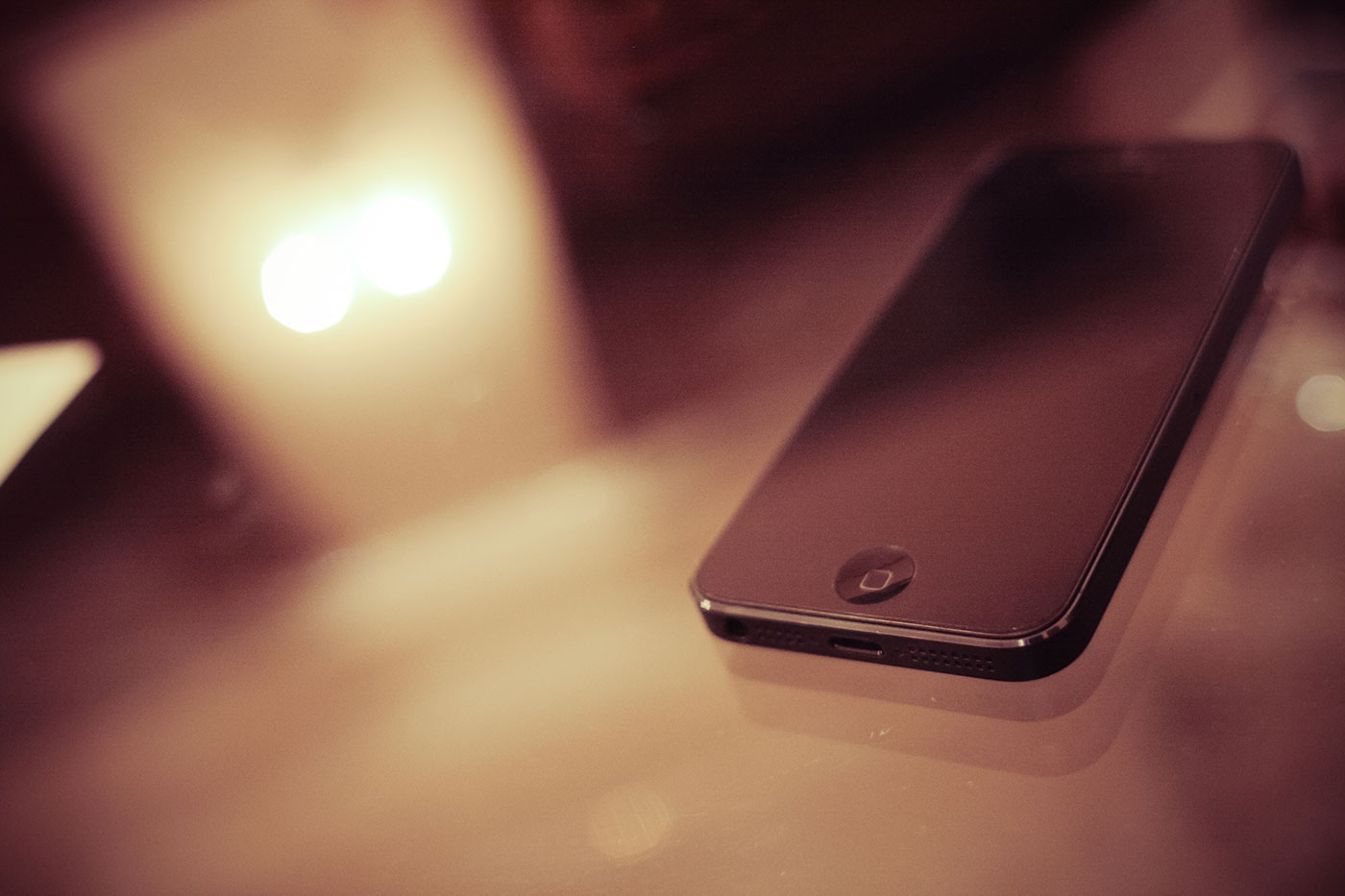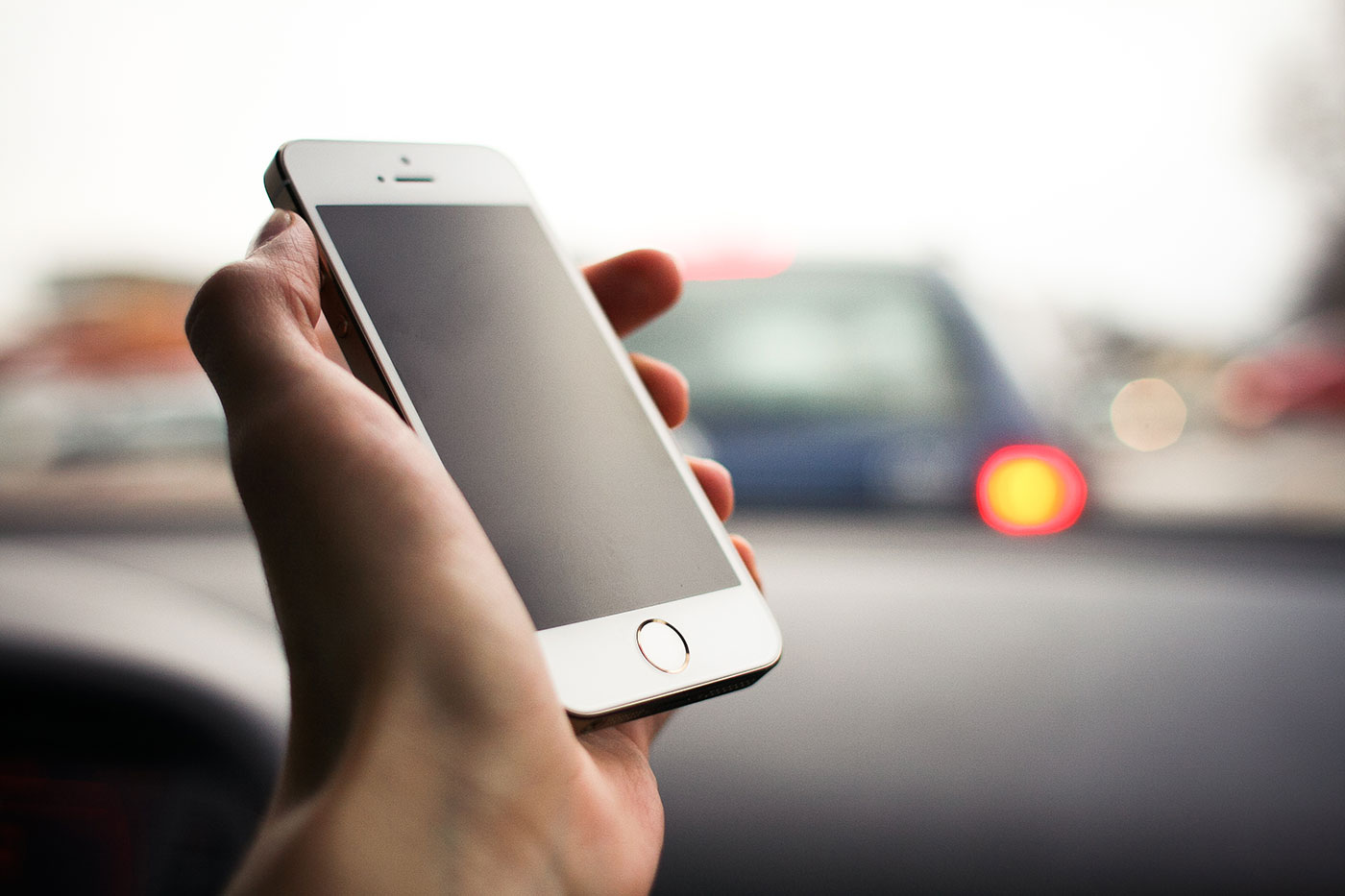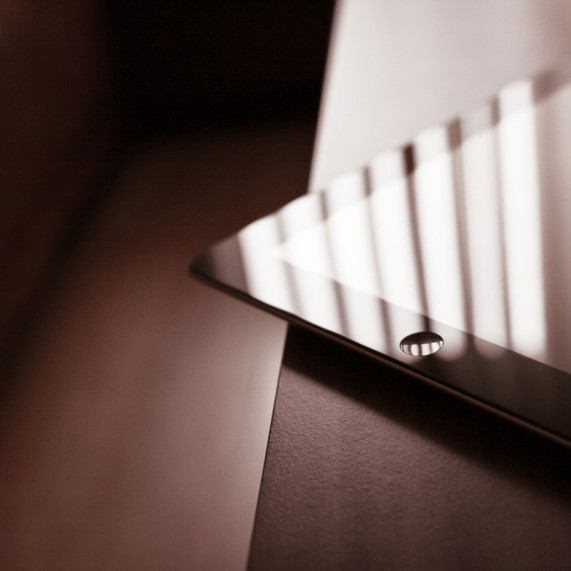EyePhone 5S
€690.00
These successive waves of phone technology allowed users to email, fax and make traditional calls, making it a useful tool for business travelers. As the Blackberry gained customers, less sophisticated users were attracted to its many communication options.
- 64GB Built in memory
- 4 Cores
- WiFi, GPS, HSPA, 4G
- Metal Case
- iOS 7
128 in stock
Description
These successive waves of phone technology allowed users to email, fax and make traditional calls, making it a useful tool for business travelers. As the Blackberry gained customers, less sophisticated users were attracted to its many communication options.
In Europe, Windows Mobile was never a large player in the market, and BlackBerry didn’t make a notable impact in the market until around 2008. Symbian was the most popular smartphone OS in Europe during the mid and late 2000s. This was largely led by Nokia, which has always been a popular brand outside of North America. Initially Nokia’s Symbian devices were focused on business, the same way as Windows Mobile and BlackBerry devices at the time.
From 2006 onwards, Nokia started to make entertainment-focused smartphones, which were popularized by the Nseries. The N95, for instance, had breakthrough multimedia features for its time, and marked the start of a broader market of smartphones within younger people, and not just business. In Asia (except Japan), the trend was similar to Europe’s.
Another company that made a breakthrough was the Palm. Although originally PDAs, Palms later turned into business-focused smartphones, largely competing with BlackBerry and Windows Mobile in the U.S. market, and was less popular in Europe and Asia.
All leaders of the 2000s later got into a stiff competition that led to major dips in market share.








Reviews
There are no reviews yet.